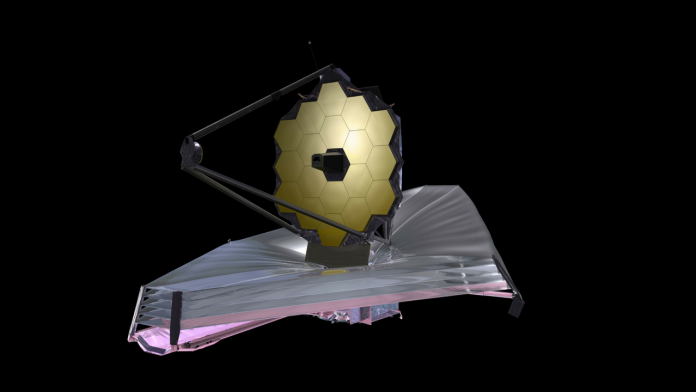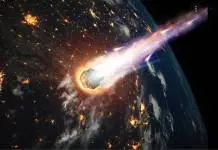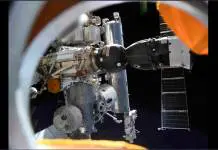
NASA announced on Thursday that the launch of the James Webb Space Telescope has been delayed once again, this time to a launch window between March and June 2019. Previously, the telescope was scheduled to launch in October 2018.
The administration says the shift in schedule was considered within budget calculations, so it won’t be an upset to reset the date for spring 2019. The delay has to do with some integration and testing issues of the spacecraft bus and sunshield.
Technology onboard of the JWST will be the most advanced in space to date, and it will allow NASA, the ESA, and the Canadian Space Agency to look beyond the furthest stars we know and seek to find traces of our origins in the universe.
After a routine assessment of launch preparedness, @NASAWebb telescope is now planning to launch in Spring 2019: https://t.co/b2fMyNzLks pic.twitter.com/ImiJ5hbnBD
— NASA (@NASA) September 28, 2017
What’s wrong with the JWST?
Technically, nothing is wrong with it, but the sheer scale of the telescope and the delicate technology scientists are dealing with requires extra care and measures to ensure the correct functioning of everything as well as a safe launch.
Thomas Zurbuchen, an associate administrator of NASA, went on record to say “the change in launch timing is not indicative of hardware or technical performance concerns.” However, more time is needed to integrate certain elements of the telescope.
The James Webb Space Telescope, like other spacecraft of its kind and satellites, has a sunshield to avoid extreme impact from the Sun’s rays and potential interference with its performance. The massive scale of the telescope, however, has made it difficult to assemble and test prior to its launch.
It’s a relatively minor setback when you look back at the history of the JWST. First approved for construction in 1996, the telescope was set to launch in 2011, but it was then delayed to 2013. From there it was delayed again to 2015, and then once more to 2018.
What will the JWST be capable of?
Made up of an 18-segment mirror of beryllium plated in gold, the James Webb Space Telescope has 16 times the capacity of Hubble to look back in space and, therefore, time in search of faint traces that tell us more about how it all began.
The JWST is an international project decades in the making, and thousands of astronomers will benefit from its impressive range. Building the telescope cost approximately $9 billion, and it will be used to look at the atmospheres of exoplanets and other faint elements that the Hubble can merely detect.
The launch site for the telescope has been agreed at French Guiana, and scientists will only get one shot at launching and ensuring the instruments work before it drifts further into space toward its final operations place. It will be too far from Earth to be repaired by astronauts once it is in orbit.
Source: NASA











